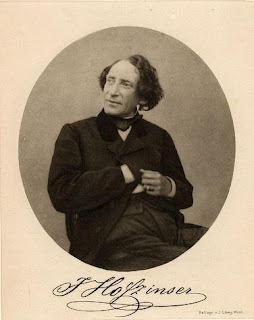"Many an amateur in the New York district conducted private displays for the benefit of the convention delegates last week. Notable among these was Dr. Samuel Cox Hooker of Brooklyn who first produced his Impossibilities and Miltiades III in 1918. At that time he astonished and mystified some of the world's leading magicians. Not until this spring did Dr. Hooker give another demonstration. Eleven years had passed for discussion and theorizing, yet the brotherhood of magicians still found Brother Hooker's thaumaturgy inexplicable.
Ill, Dr. Hooker entrusted last week's performance and his secrets to John Mullholland of Manhattan, brilliant sleight-of-handman, lecturer, student of world-wide magical history. Magician Mullholland was invisibly assisted by Dr. Shirley L. Quimby, apparatus expert, professor of physics at Columbia University. Dr. Hooker's guests were led from his dark panelled home through a small grassy courtyard, into a private chemical laboratory. On the second floor was a tiny impromptu "theatre" which seated about 20 people. The walls were lined with books, many of them on magic.
The apparatus for the Hooker Impossibilities tricks consists of a small metal and glass frame, snugly holding a pack of cards, standing on a tabaret. Any card named by any member of the audience rose from the pack. A glass globe was put over the frame, a deck of cards was provided by a member of the audience, the frame was raised above the tabaret on a book supported by small glass pedestals, the frame was set swinging through the air suspended by two cards—none of these successive changes interfered; the named cards continued to rise. The up-and-down motion of the cards obeyed the indication of the outstretched hand of any member of the audience. Cards rose high above the frame, stood motionless in midair, descended into the frame again. As a finale the entire deck swooped out of the globe-covered frame.
Miltiades III is a teddy bear's head. The eyes roll, the head turns, the head rises in midair. When a member of the audience took a number of cards at random from a deck presented by Magician Mullholland, the jaws of Miltiades III clicked the number of cards before the recipient had counted them himself.
As these two processes were revealed with successive variations, all theories broke down. The end was mystery. An English delegate, entrusted with reporting the Hooker mysteries, said he would not be believed. A U. S. adept told how he had paced the streets, unable to sleep, tortured with speculation. Dr. Hooker will presumably leave his secret to the younger men who already share it, with instructions that they keep it amateur magic, bequeath it in time to other successors. Perhaps the Hooker secret will thus be kept for centuries." (Time Magazine article, 'Merlins' June 10, 1929 issue)
Dr. Hooker's impossible effect is still a mystery to most magicians. The effect was performed for what may only have been the 4th or 5th time in history at the Tenth L.A. Conference on Magic History in November 2007. This biennial event, created by Ricky Jay and Jim Steinmeyer, showcases performances, lectures, and antique collections that would cause a great excitement for anyone interested in magic history (like myself)! Interestingly, you don't just attend: you're invited. And the event that took place in 2007 allowed hundreds to watch as John Gaughan performed Hooker's beautiful illusion using his original, 90-year old apparatus!
It would seem that some mysteries are still worth preserving!



